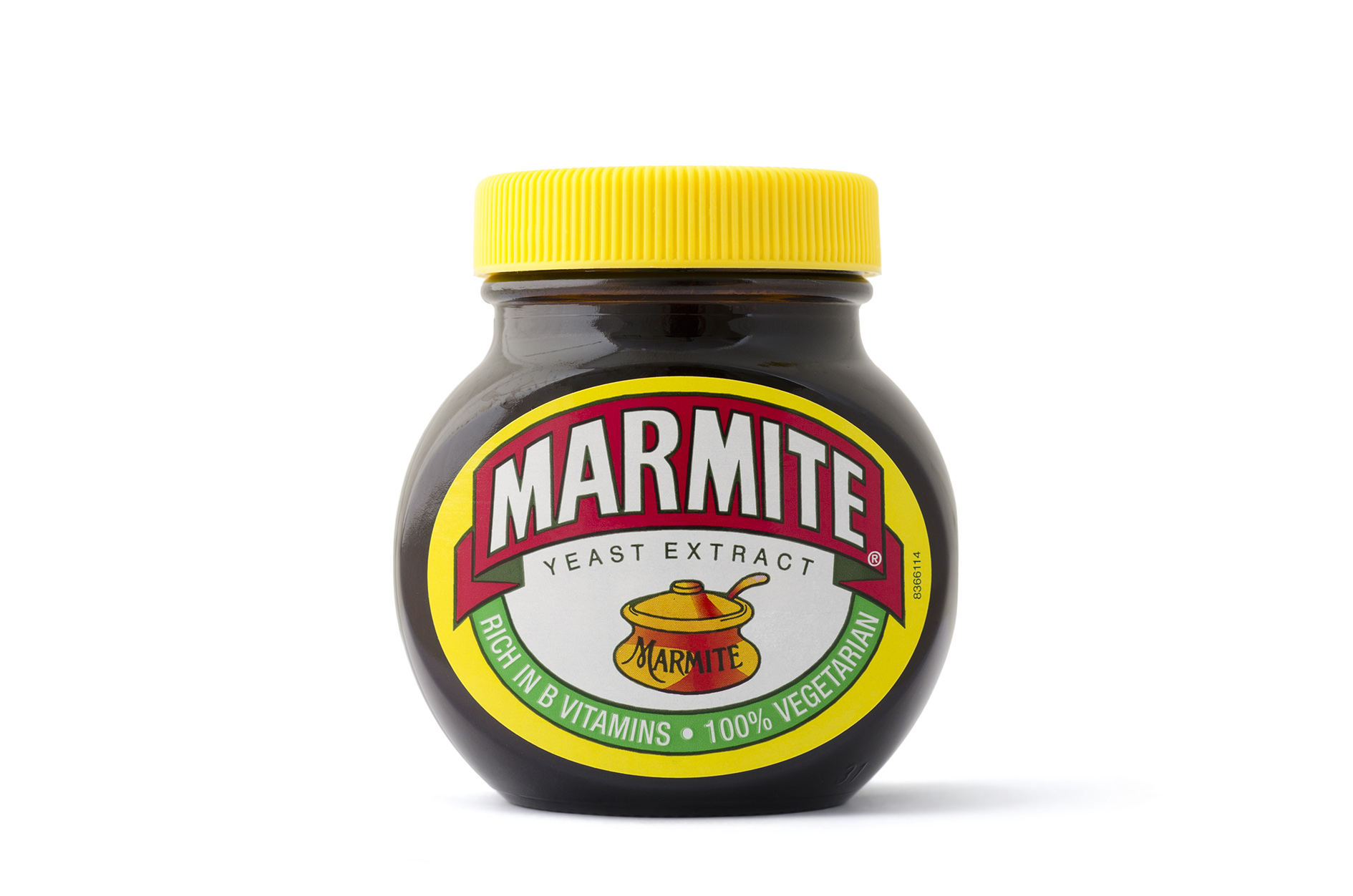English food traditions: The Heart of England
There’s a wholesome honesty to the food traditions of the Heart of England, Lara Dunn discovers as she tastes her way around the region, making sure to leave room for pudding
The Heart of England is a region of Britain with an impressive array of famous English food traditions and currently home to more than a dozen Michelin-starred restaurants.
These fine-dining destinations owe much, however, to the more modest dishes served up in what was once a very rural and not especially prosperous area.
The Industrial Revolution swiftly gathered momentum in this region, and so the population of the Heart of England grew at pace, its nutritional needs prodigious and its resources slim. The resulting dishes made use of every comestible available to create hearty food to fuel industry.
Some English food traditions that have been attributed to the Midlands over the years have hard to define origins – pikelets, faggots (made from meat and offal), pork scratchings (spiced and salted fried pig skin), pease pudding and bread and dripping, for instance – so here we’ve stuck with the ones that really can be traced back here.
You will have heard of many of these dishes, though perhaps not all.
One thing all these foods have in common is their honest working-class origins. The Heart of England is warm and well-fed for sure.
Staffordshire oatcakes
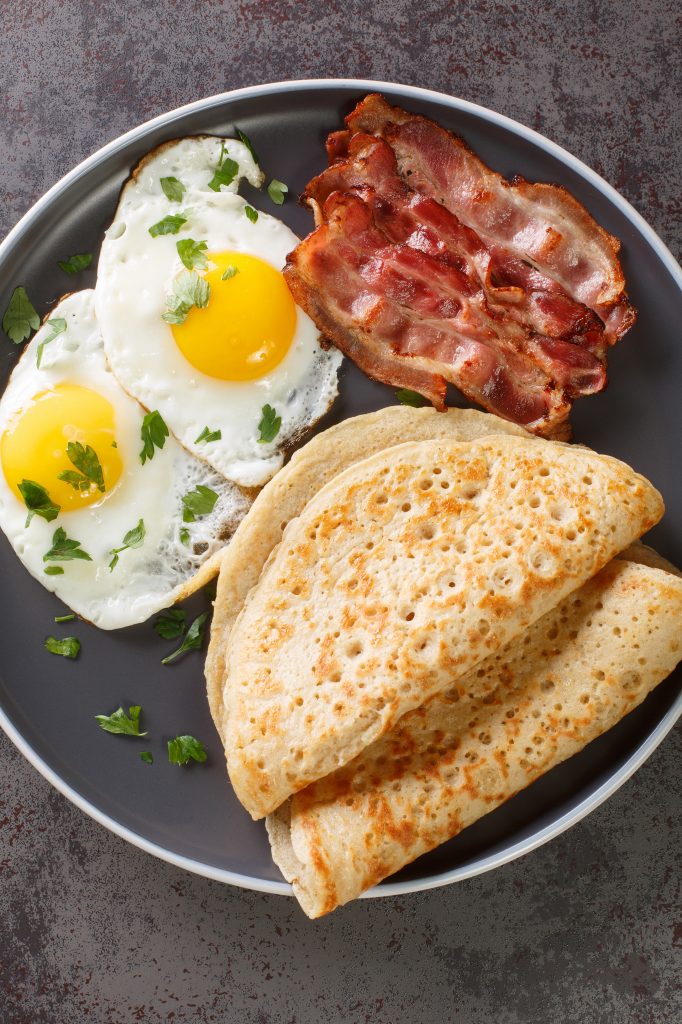
A world away from the Scottish crackers of the same name, Staffordshire oatcakes are more like a soft pancake. Made from oatmeal, flour, milk, sugar, salt, water and yeast, the batter is allowed to ferment before being cooked on a griddle called a backstone.
Originating from the Stoke-on-Trent area centuries ago, they used the oats that grew best there. Simple to make and incredibly filling, oatcakes were an ideal stomach-filler for all and were frequently sold from homes and shops directly to passers-by. Still popular today, Staffordshire oatcakes are often served up with a savoury filling – cheese and bacon being one of the most popular.
Coventry Godcakes
As the name might suggest, these moreish pastries originate from the city of Coventry. Made from puff pastry filled with sweet fruity mincemeat (perfect for using up Christmas leftovers), they take the form of a triangle and are always marked with three slits on top and sprinkled with sugar. The shape and number of slits are thought to reference the Holy Trinity. Although not as common as they once were, there is evidence to suggest that Godcakes have been baked in the region since at least the 14th century as a New Year’s tradition, given by godparents to their godchildren.
Mushy peas with mint sauce
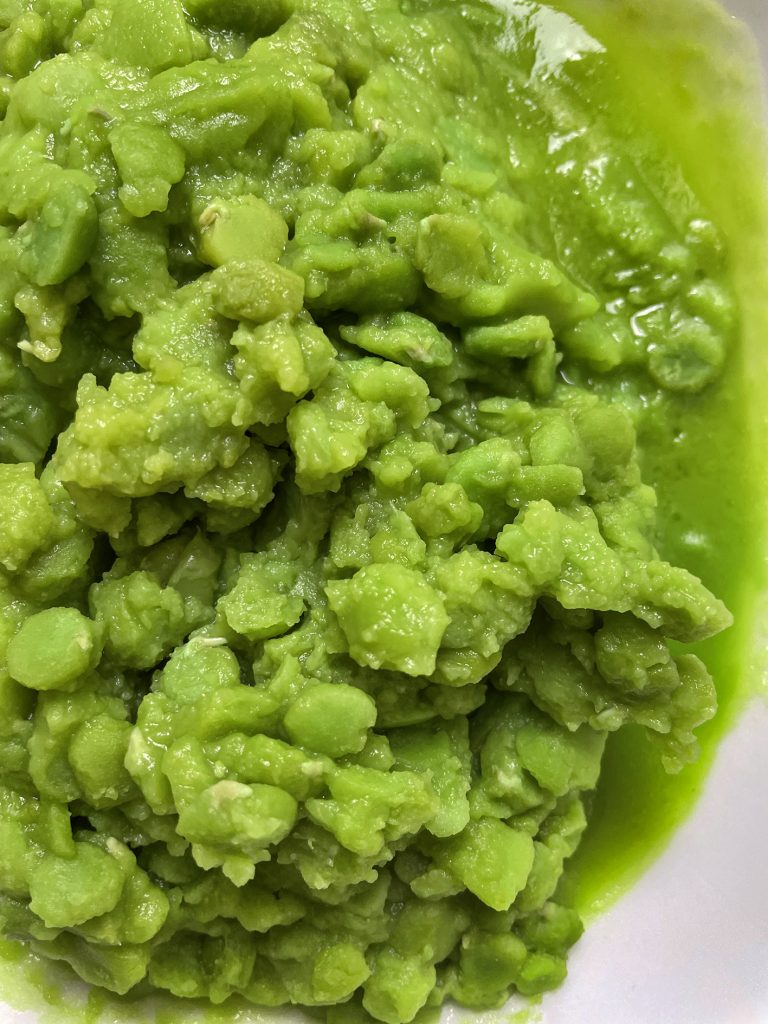
Mushy peas – made from dried marrowfat peas soaked overnight with bicarbonate of soda – are one of the most well known well-known English food traditions, and a common sight in fish & chip shops throughout the UK. The bright green dish is a legacy of the Middle Ages, when the peas and beans of summer would be dried to help sustain families through the leaner times of winter. Although popular throughout the north of England, it’s in Nottinghamshire that the bright green dish has an unusual twist with the addition of mint sauce. Even today Nottingham’s annual medieval Goose Fair has stalls serving up cups of mushy peas with mint sauce.
Balti
It may seem strange to include a dish like Balti in a list of traditional food from the Midlands, but the now-ubiquitous curry dish is so much a part of the culinary story of Birmingham that it deserves a mention. Named after the slightly flat thin steel pot (or ‘bucket’ as it translates) in which they are cooked and served, the British version of Balti curries use vegetable oil rather than ghee and were first created by Pakistani restaurateurs working in Birmingham in the mid-1970s. The city’s famous Balti Triangle may be home to fewer restaurants than it once was, but it’s certainly still worth seeking out.
Shrewsbury cakes
More a biscuit than a cake, Shrewsbury cakes – named after the county town of Shropshire from which they originate – are crisp sweet bakes made from flour, sugar, eggs and butter along with a flavouring. Modern Shrewsbury cakes often include lemon zest and sometimes dried fruit, but recipes from the last 400-odd years (the first reference to Shrewsbury cakes dates to 1602) include flavourings as diverse as rosewater, caraway seeds (reputedly a favourite of Queen Elizabeth I) and cinnamon and nutmeg. The Kayani Bakery in Pune, in the Maharashtra state of India has been baking Shrewsbury cakes for its residents since the 1950s.
Cheese
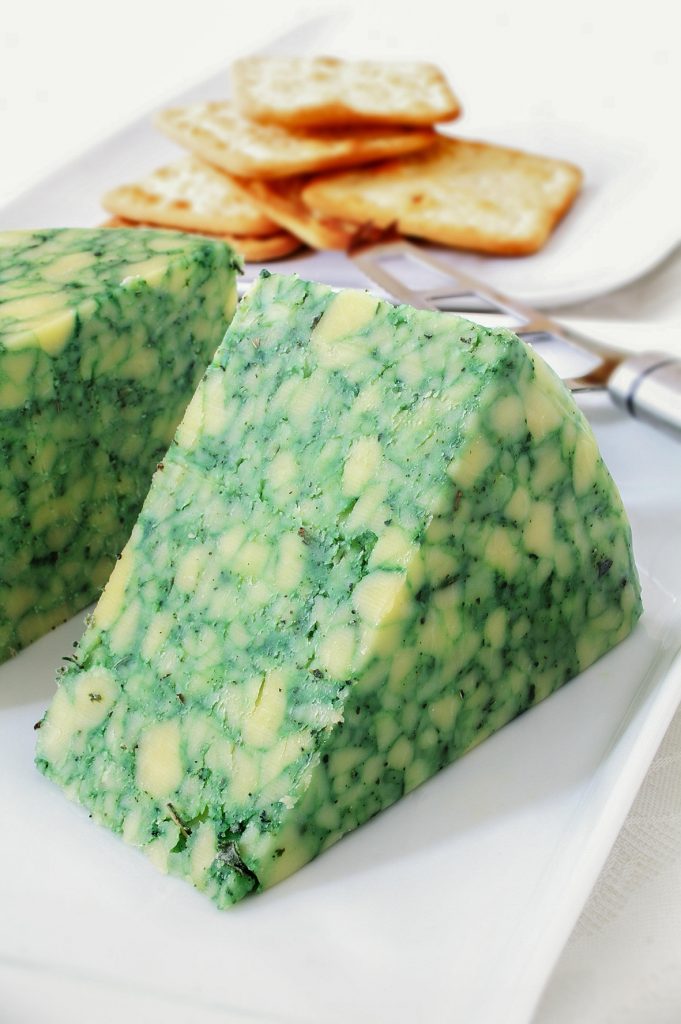
The sheer number of varieties of cheese which are enjoyed in the Heart of England is staggering. With the first evidence of processing dairy foods in Britain dating from pottery sherds from around 3800BC, the erection of the great sarsen stones of Stonehenge may well have been an enterprise partially fuelled by a cheese sandwich. Early styles of cheese would have resembled the likes of the soft Perroche cheese of Herefordshire, but the Romans brought with them the techniques to make hard cheeses and those with rinds. Some popular modern Midlands cheeses include Red Leicester, Sage Derby, Shropshire Blue, Malvern and Stilton.
Malvern pudding
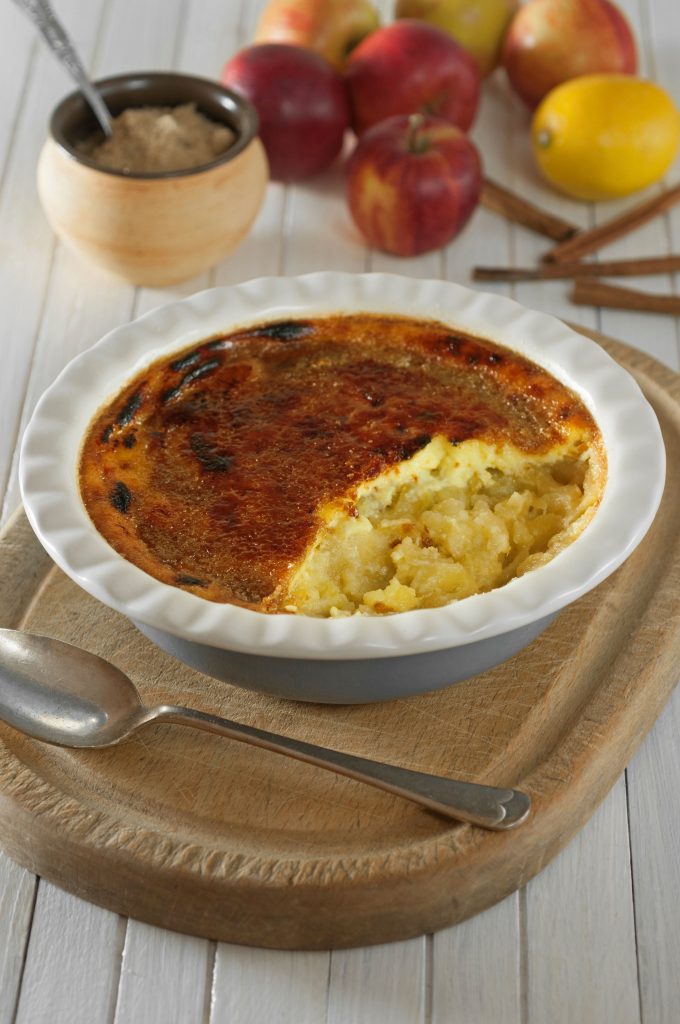
Baked in the Worcestershire town most famous for its spring water and for being the inspiration behind writer CS Lewis’s Narnia books, Malvern pudding isn’t as popular as it once was. Dating back to the Georgian era, Malvern pudding is now considered to be one of the UK’s top 10 threatened puddings, eclipsed by apple crumbles and pies. The indulgent and warming combination of apples – a fruit for which the county Worcestershire is well known – with creamy custard and a crunchy cinnamon sugar crust is easy to make and well worth the effort.
This is an extract, read the full feature in our February/March 2024 issue of Discover Britain, available to buy from 5 January.

